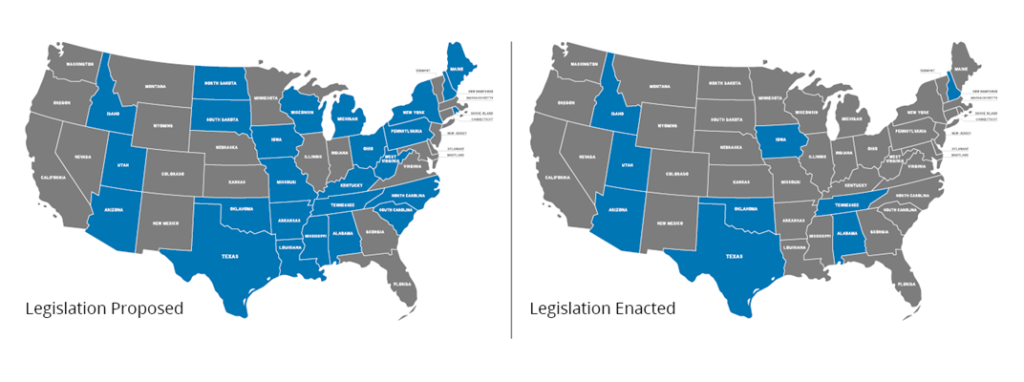First Bell
Out-of-school-time programs, nature experiences for students, empowerment in virtual learning, and more.
OST Programs Offer Excellent Preparation, Parents Say
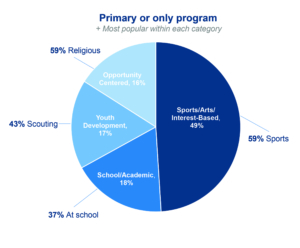
Learning Heroes and Edge Research conducted a study during the 2020–2021 school year to better understand how parents, teachers, and providers perceive the role of out-of-school-time (OST) programs in developing children’s academic, social, and emotional skills.
Supported by The Wallace Foundation, the research focused on understanding expectations of programs’ role in student development; determining what parents look for in an OST program and how they define success and quality; and assessing other aspects of OSTs, such as the impact of COVID-19.
The large-scale, demographically representative survey revealed that 65 percent of parents enrolled their children in at least one OST program last year. Parents cited a preference for programs that feel safe, nurturing, and welcoming, and they named the following as the top five “very motivating” factors in deciding to enroll their children in an OST program:
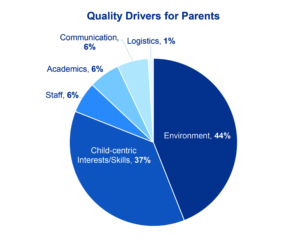 74% To expose children to new experiences, ideas, and perspectives beyond their everyday home and school lives (also No. 1 among low-income parents, with 77 percent).
74% To expose children to new experiences, ideas, and perspectives beyond their everyday home and school lives (also No. 1 among low-income parents, with 77 percent).- 71% To allow children to find their passion, purpose, and voice (No. 1 among Hispanic parents, with 78 percent).
- 70% To celebrate success in areas children love, so they gain the confidence they need to excel.
- 70% To allow children to interact with other children of diverse races, ages, backgrounds, and cultures (No. 1 among Black parents, with 78 percent).
- 70% To allow children to express and be themselves, not just fit in.
Despite their benefits, many OST programs remain out of reach due to cost, time constraints, and transportation requirements, Learning Heroes says.
Administrators are critical players in ensuring equitable access to high-quality OST programs, and federal stimulus dollars can help address unmet demand for extracurricular activities among low-income and rural parents.
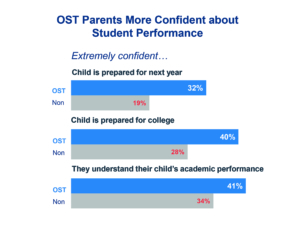 Administrators can use the study information to:
Administrators can use the study information to:
- Improve program quality and build support for additional funding, with a focus on low-income families;
- Support three-way communication among OST providers, teachers, and families to gain insights on supporting children; and
- Connect the dots between children’s interests and experiences outside school to help motivate learning in school and/or recommend specific extracurricular activities.
For an in-depth look at the survey findings, visit bealearninghero.org/ost-research.
Nature Experiences Lacking in Schools, NCSU Researchers Say
Children who live in urban environments spend less time in nature than previous generations, according to researchers from North Carolina State University. “Greening” schoolyards can improve access to nature and its benefits, and teachers can be influential in encouraging the enjoyment of gardens and woods as spaces for learning.
Surveying students and teachers to understand their awareness and use of outdoor spaces, the researchers found that children were less aware of nature-rich spaces such as gardens and woods than of “traditional” school outdoor spaces. Children had recess several times a week and played sports an average of once a week, but they explored woods and gardens less than once per month, and such spaces are rarer features in elementary and middle schools than athletic fields and playgrounds.
“Playgrounds are good at getting kids active, but natural spaces offer something a little bit different,” says study co-author Kathryn Stevenson, associate professor of parks, recreation, and tourism management at NCSU. “We want to know what is driving kids to interact with these natural spaces, because we know they provide mental health and learning benefits above and beyond what playgrounds and fields can offer.”
To read the report, visit bit.ly/3A3h8tW.
MAP Growth Slowed Last Year, NWEA Says
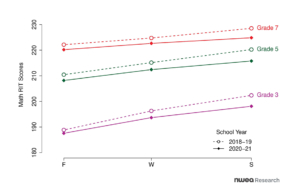 New research from NWEA says that students made lower-than-average learning gains in math and reading during the 2020–2021 school year. Examining MAP Growth assessment scores from more than 5.5 million U.S. public school students in grades 3–8 between fall 2020 and spring 2021, the report found:
New research from NWEA says that students made lower-than-average learning gains in math and reading during the 2020–2021 school year. Examining MAP Growth assessment scores from more than 5.5 million U.S. public school students in grades 3–8 between fall 2020 and spring 2021, the report found:
Gains made during the year proceeded at a lower rate, and students ended the year with lower levels of achievement compared to a typical year; larger declines in growth were seen in math (8 to 12 percent) than in reading (3 to 6 percent).
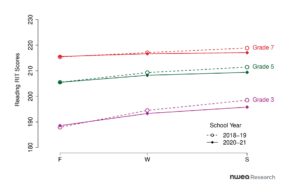 Achievement was lower for all student groups in 2020–2021, but historically underserved groups, including students of color and students in high-poverty schools, were disproportionately impacted, particularly in the elementary grades.
Achievement was lower for all student groups in 2020–2021, but historically underserved groups, including students of color and students in high-poverty schools, were disproportionately impacted, particularly in the elementary grades.
“While all students have suffered from interrupted instruction, students of color and students from low-income families—who are more likely to receive virtual instruction but less likely to have access to sufficient broadband and devices necessary to access virtual learning—have borne the brunt of the pandemic’s academic burden,” says Marc H. Morial, president and CEO of the National Urban League.
NWEA notes that local communities should dive deeper into their own data to understand the ongoing impact of the pandemic on students, also taking factors such as attendance, engagement, and social-emotional well-being into account.
“Remember that academic achievement is only one dimension of students’ education, and these data alone cannot paint a complete picture of how young people fared this past year,” says Dr. Karyn Lewis, senior research scientist at NWEA and lead author of the study. “For instance, our results cannot speak to the many ways students, families, and teachers have shown incredible resilience and adaptability in the face of immense challenges.”
To learn more and access policy recommendations, visit bit.ly/3omfykp.
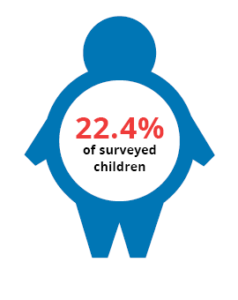 Pandemic Exacerbates Obesity
Pandemic Exacerbates Obesity
Inactivity produced by COVID-related lockdowns, closures, and quarantines appears to have fueled a spike in childhood obesity. Studying body mass index (BMI) data in more than 432,000 U.S. children aged 2–19, one study says that the proportion exhibiting obesity jumped from 19.3 percent in August 2019 to 22.4 percent just a year later. Gains were especially pronounced among elementary school children and those who were already overweight.
Source: The Centers for Disease Control
Empowerment Key to Virtual Learning
A new digital learning report that leverages insights from a survey of 50,000 K–12 students, parents, and educators during the 2020–2021 school year says that student agency in education is increasingly important in virtual and hybrid settings.
Produced by nonprofit Project Tomorrow and edtech company Blackboard Inc., “Empowering and Engaging Student Voice to Create Equity in Education” revealed student disengagement and persistent inequities in access to technology, as well as reason for optimism. Among the findings:
Only half of students (51 percent) in grades 6–12 in majority-white schools said they are “engaged” in their virtual schoolwork, while 43 percent of students in schools where the majority is students of color said the same.
Remote learning experiences have boosted teachers’ capability to engage students effectively online; 67 percent use email to communicate, 61 percent use mobile apps with conversational functions, and 54 percent use text messaging.
A majority of all students (55 percent) said they prefer a school culture in which self-directed learning is the norm. Among disengaged students, 60 percent said they preferred self-directed strategies.
Teachers’ comfort with technology has improved since the onset of the pandemic. More than one-third (37 percent) said they were “very comfortable” using technology to personalize student experiences, while only 21 percent of teachers said the same in the 2019–2020 school year.
“The disruptive events of the past 18 months have opened our collective eyes to several new truths about the interrelationship between equity and student empowerment,” says Julie A. Evans, chief researcher and CEO of Project Tomorrow. “With the research in front of us, we must take this opportunity to rethink the ways we are approaching learning and especially how technology can be better used to support student engagement in learning.”
For more information, visit bit.ly/3AYwaSU.
26 States Attempt to Limit Teaching of Racial Issues
A culture war has erupted in childhood education, FutureEd says, regarding the way schools teach racial episodes in U.S. history. Some 51 bills were introduced in 26 states last year seeking to limit teaching on such topics in state legislatures, and 11 bills in nine states have been signed into law.
